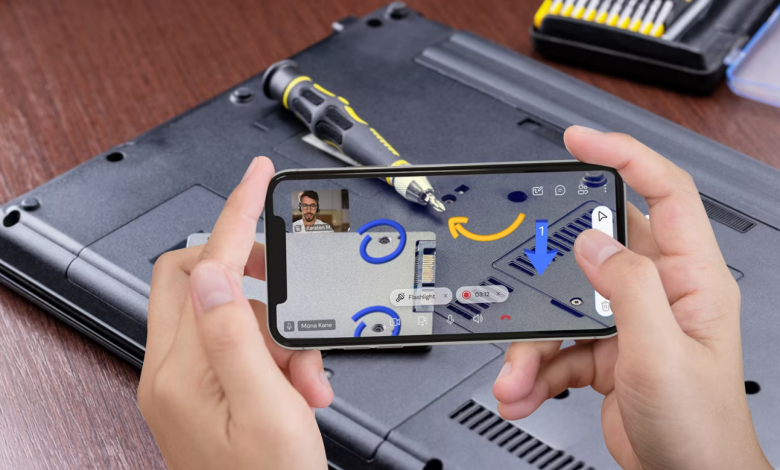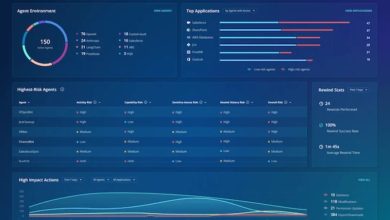2025 Predictions – Augmented Reality

By Matt Wyatt, Vice President of Professional Services EMEA & AMS, TeamViewer
The logistics industry is on the brink of exciting changes as new technologies promise to make operations faster, smoother, and more worker-friendly. As businesses navigate increasing pressures for efficiency and adaptability, innovations like wearable devices, employee-driven technology adoption, and smarter maintenance tools are becoming game-changers. Below, I share insights on trends set to shape logistics in the near future and offer practical advice for organisations preparing for these shifts.
Prediction: Logistics operations will embrace purpose-built wearable technology
The logistics industry will move beyond traditional mobile devices to adopt purpose-built wearable solutions that better suit the needs of warehouse workers. This shift will be driven by the realisation that process improvement alone, using existing mobile technology, has reached its peak benefit. Augmented reality devices will offer hands-free operation and contextual information delivery specifically tailored for warehouse environments. These solutions will range from smart glasses for pick-and-pack operations to lightweight wearables for all logistics operations.
Advice: Organisations should begin evaluating wearable platforms and software solutions that can accommodate a diverse workforce while maintaining flexibility for different use cases. Focus on solutions that prioritise worker comfort and preference, allowing for optional adoption rather than mandatory deployment.
Prediction: Frontline workers will drive enterprise technology adoption
In 2025, there will be a fundamental shift in enterprise technology deployment as organisations recognise the critical value of gathering perspectives from frontline workers directly. Rather than following traditional top-down technology mandates, organisations will prioritise the insights and preferences of workers on the ground. This revolution in technology adoption will be particularly evident in manufacturing and logistics, where the practical expertise of hands-on workers will take precedence over executive assumptions.
Advice: Organisations should establish formal feedback mechanisms that elevate frontline worker voices in technology decisions. Focus on technologies that workers identify as making their jobs more enjoyable and efficient, rather than those that simply promise operational improvements on paper. This collaborative approach will result in more successful technology implementations and higher ROI through improved worker satisfaction and adoption rates.
Prediction: Equipment failures are predicted and prevented before they happen
As physical and digital worlds converge, the integration of AI and AR will revolutionise troubleshooting and remote diagnostics. The massive amount of data generated in logistics operations will fuel sophisticated AI systems that optimise warehouse execution and inventory management. By overlaying real-time data, instructions and virtual guidance directly onto a user’s field of view, AR empowers onsite technicians to collaborate seamlessly with remote experts.
This creates a world where equipment failures are predicted and prevented before they even happen, and when issues do arise, AI-guided AR overlays will make complex repairs as intuitive as following a simple recipe. Remote experts will be able to see through the eyes of on-site technicians and manipulate AR annotations in real time, while AI systems analyse problems and suggest solutions with unprecedented accuracy.
Advice: This convergence of AR and AI-powered predictive intelligence will streamline problem-solving and reduce downtime significantly. Companies should focus on building a strong data foundation and ensuring cloud infrastructure is in place to support AI implementations. As these AI and AR capabilities mature, organisations will be able to empower their workforce with increasingly sophisticated remote diagnostic tools, bridging the gap between physical and virtual experiences.
The future of logistics is about working smarter, not harder. Embracing wearable technology, listening to frontline workers, and using advanced tools to prevent problems before they happen will help businesses stay ahead. By focusing on solutions that make work easier and more effective, organisations can build stronger, more adaptable operations. Now is the time to explore these opportunities and set the stage for lasting success.




